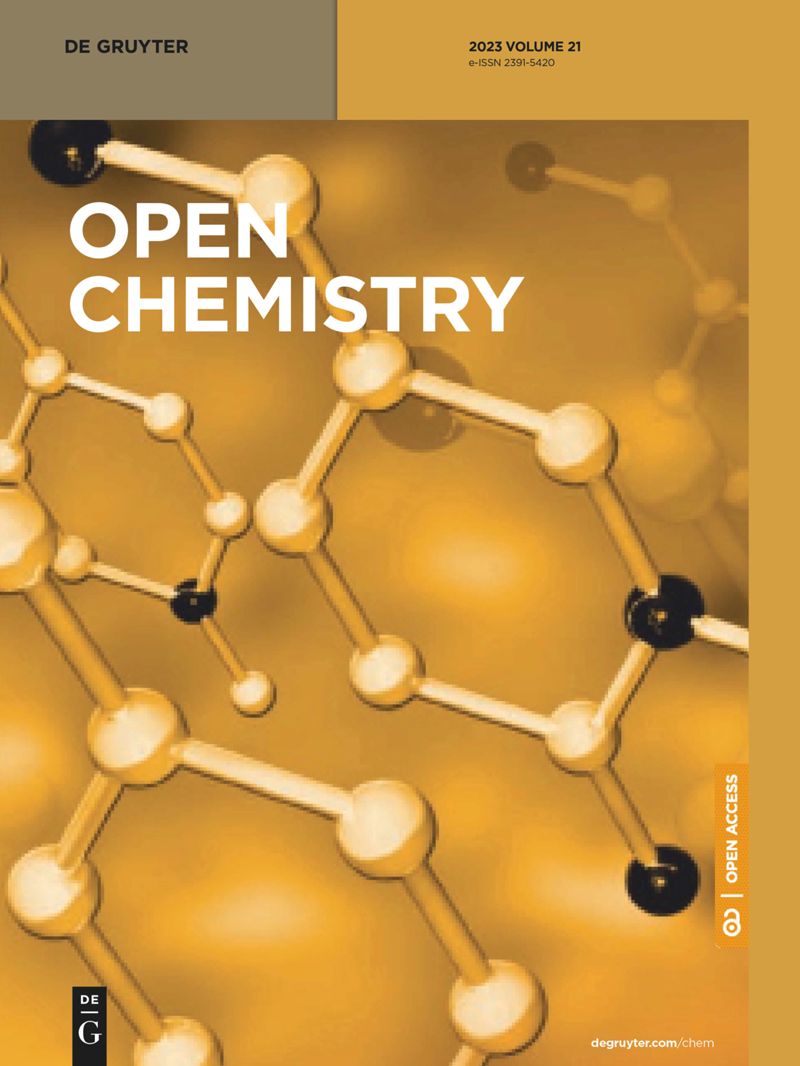过渡金属氯化物(ZnCl2)对高灰分烟煤低温热解的影响
IF 1.9
4区 化学
Q3 CHEMISTRY, MULTIDISCIPLINARY
引用次数: 0
摘要
近年来,人们对污染和全球变暖的担忧与日俱增。高效利用煤炭对于减少化石燃料消耗对环境造成的影响至关重要。本研究旨在探讨过渡金属氯化物如何影响高灰分烟煤的燃尽率和热转换效率。使用的分析方法包括近似分析、热重分析、形态分析和热解分析。本研究考察了碳化温度、碳化时间和催化剂浓度的变化对浸渍 ZnCl2 的高灰分烟煤热降解的影响。在不同的比例下,氯化锌溶液被吸附到煤的表面。然后将处理过的煤炭在无空气的炉子中,在常压下以 510 至 710°C 的不同温度加热。这一过程是为了提高燃尽或热解的速度。响应面法显示,碳化时间是一个关键的输入参数,其次是碳化温度和催化剂浓度。响应面方法分析得出的确定系数为 0.9734。本文章由计算机程序翻译,如有差异,请以英文原文为准。
Effect of transition metal chloride (ZnCl2) on low-temperature pyrolysis of high ash bituminous coal
Concerns about pollution and global warming have grown in recent years. Efficient coal use is critical for reducing the environmental toll of fossil fuel consumption. This study aims to examine how transition metal chlorides affect the burn-off rate and thermal conversion efficiency of bituminous coal with a high ash content. The analytical methods used include proximate, thermo-gravimetric, morphological, and pyrolysis analyses. This research examined the effect of change in the carbonization temperature, carbonization time, and catalyst concentration on the thermal degradation of high-ash bituminous coal impregnated with ZnCl2 . At various ratios, zinc chloride solution was adsorbed onto the coal surface. The treated coal was then heated at different temperatures ranging from 510 to 710°C, under atmospheric pressure, in a furnace without air. This process was carried out to enhance the rate of burnout or pyrolysis. The response surface approach reveals that the carbonization time is a crucial input parameter, followed by the carbonization temperature and catalyst concentration. The response surface methodology analysis yielded a coefficient of determination of 0.9734.
求助全文
通过发布文献求助,成功后即可免费获取论文全文。
去求助
来源期刊

Open Chemistry
CHEMISTRY, MULTIDISCIPLINARY-
CiteScore
3.80
自引率
4.30%
发文量
90
审稿时长
6 weeks
期刊介绍:
Open Chemistry is a peer-reviewed, open access journal that publishes original research, reviews and short communications in the fields of chemistry in an ongoing way. The central goal is to provide a hub for researchers working across all subjects to present their discoveries, and to be a forum for the discussion of the important issues in the field. The journal is the premier source for cutting edge research in fundamental chemistry and it provides high quality peer review services for its authors across the world. Moreover, it allows for libraries everywhere to avoid subscribing to multiple local publications, and to receive instead all the necessary chemistry research from a single source available to the entire scientific community.
 求助内容:
求助内容: 应助结果提醒方式:
应助结果提醒方式:


